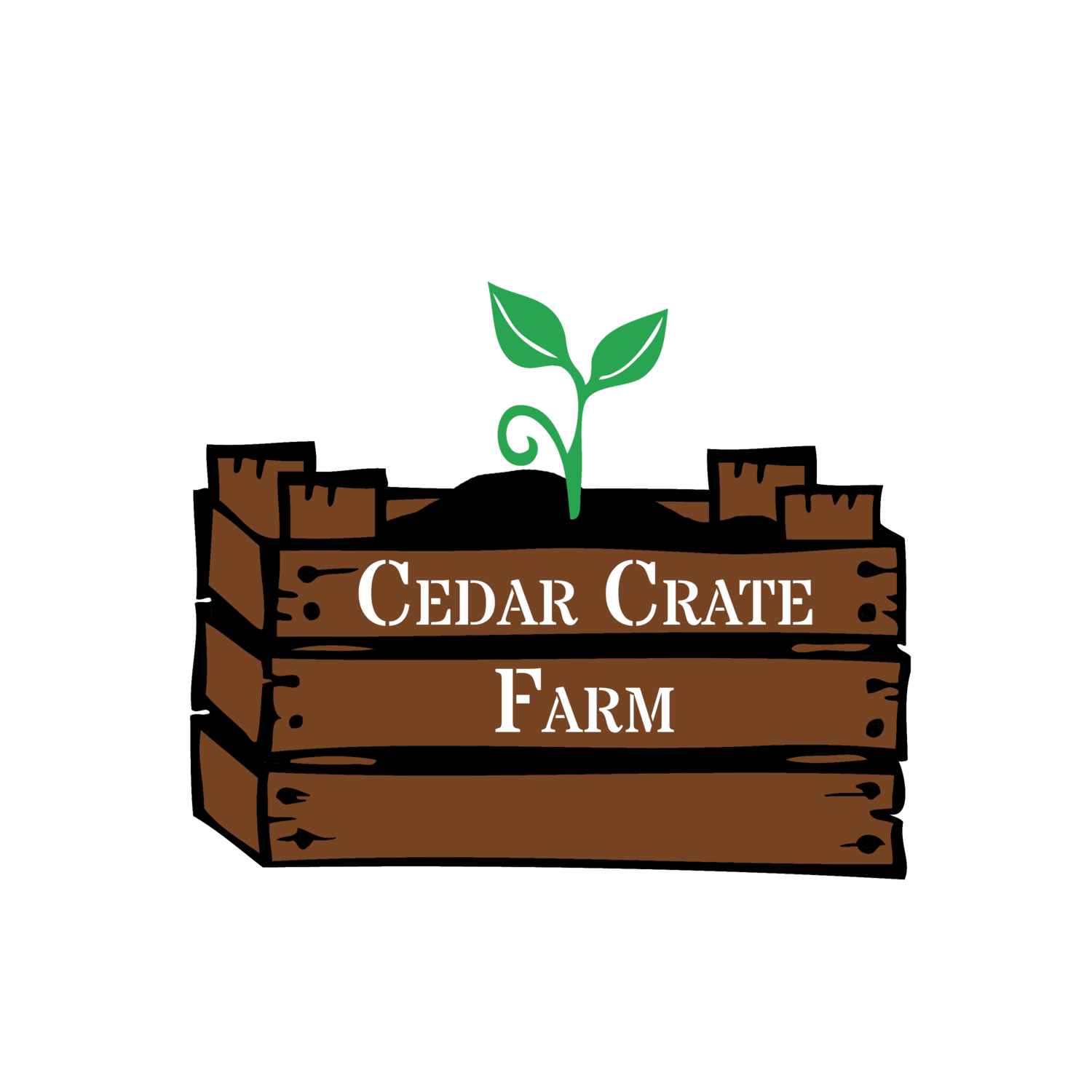Conference Season: What We Learned This Year
We’ve attended a number of conferences this winter including the MOSES Organic Farming Conference, the Sustainable Farming Association Annual Conference, and the Northern Growers Conference. You could say we’re eager to learn and are always looking for ways to innovate on our farm. We’ll go through some of the highlight of what we’ve learned during this winter season and what impacts our knowledge will have on our farm.
Nutrition
One of the most interesting and exciting things that I learned (or really reaffirmed, as I already knew this was true) is that pastured production of broilers yields more nutritious poultry. One talk at the Sustainable Farming Association was able to compare several poultry production systems and even had grant funding to have their poultry analyzed at a nutrition lab. What they found was that pastured poultry on all nutritional metrics measured was significantly more healthy than what the USDA says a standard serving of chicken nutrition is. Vitamin E content was significantly higher, the Omega 3 to Omega 6 fatty acid ratio was significantly lower and so on for everything they tested.
This wasn’t a surprise to me but it' sure is nice to have a study to back up what I know is true. I also imagine this can extend toward not only any pasture meat production of beef, pigs or layers but also to vegetables grown using organic forms of fertilizer such as animal manure and compost. This is a great affirmation for why we do what we do: it’s healthier for you and better for the environment.
You can read the study summary in the MN Dept of Ag Greenbook 2019 under the Livestock Section Page 138: https://www.mda.state.mn.us/sites/default/files/2019-09/greenbook2019.pdf
Diversity
Just like many organizations push for human diversity, diversity of production on farms is extremely important. Many of the talks I’ve gone to involve cover crops (cover crops are crops that are grown to enhance soil quality but are generally not harvested and sold) and most studies conclude that a diversity of species in cover crop mixes yields better results. In addition, diversity on the farm can also include a multitude of crops grown for profit - something we’re already really good at! It can also include incorporating livestock into farming operations. Basically, the more you can do the better off your farm will be!
The image in this section is a photo of some of our cover crops. This particular mix is our fall and winter mix that includes radish (bottom left), clover (bottom right), sudan grass, and kale. We have a summer mix as well that includes things like buckwheat, sun hemp, soy beans, cow peas, sudan grass, and more! We’ll keep experimenting with cover crops and building our soil!
We have a vision of adding more livestock to our farm starting next season. We’re interested in poultry both meat chickens and laying hens, pigs and beef cattle. We likely won’t add all of those at once but we’re excited to incorporate more livestock into our farm.


